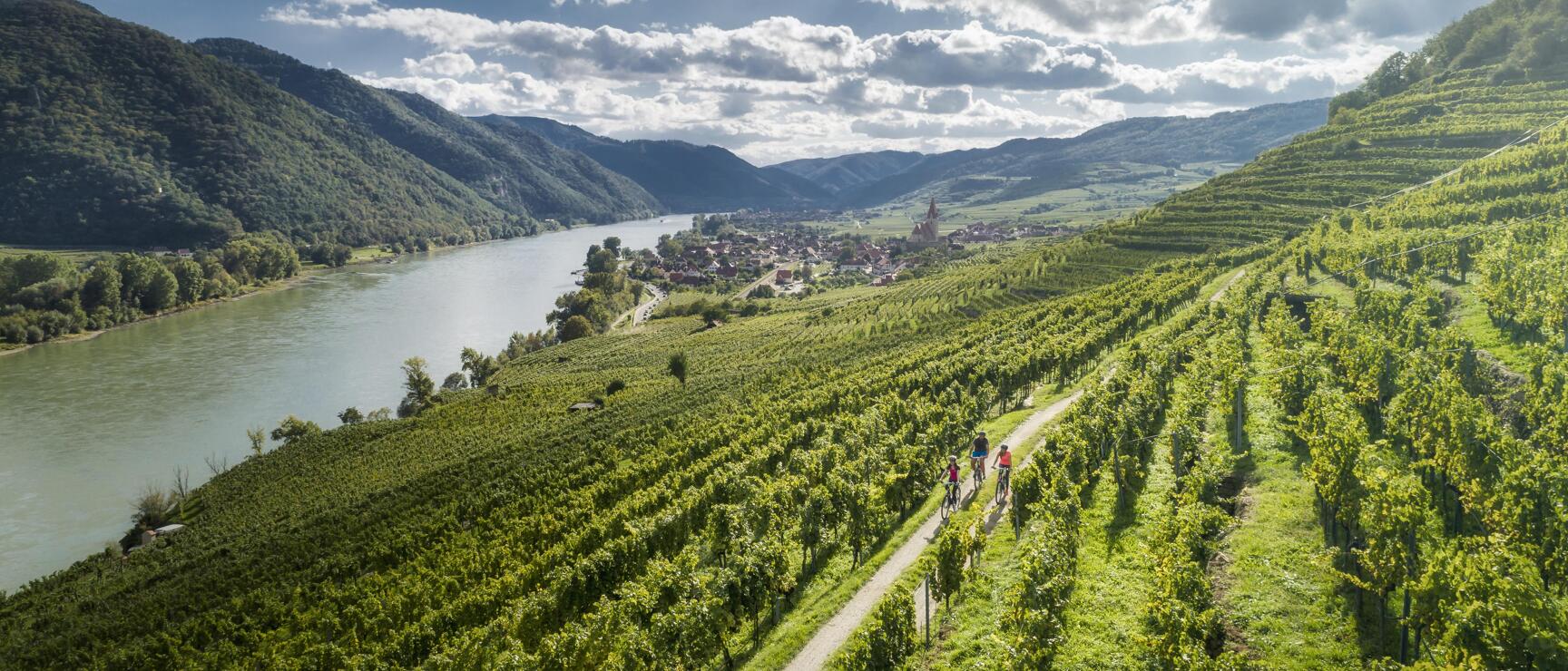
The Danube
Cultural landscapes, castles and abbeys
Between the towns of Passau and Bratislave, the Danube flows through the Austrian provinces of Upper Austria, Lower Austria, and Vienna. The Schlögener Loop is the river’s most famous bend—a masterpiece of nature shaped over millions of years by wind and water.
The Romans already used the Danube as a vital waterway to bring goods and ideas into the land. The river’s mild microclimate and fertile soils drew people to its banks early on. Here they built castles, palaces, and monasteries, founded towns, and planned cities. The result is a cultural landscape that is truly one of a kind.
"The Blue Danube" – Johann Strauss the Younger’s waltz began its triumphant journey around the world shortly after its premiere on 15 February 1867. Today, it is Austria’s unofficial national anthem and a permanent addition to the programme of the New Year’s Concert in the Golden Hall of the Vienna Musikverein.
Meet the Danube
Top highlights
Unique places to stay
Free-flowing river, untamed forest
Donau-Auen National Park
The Donau-Auen National Park stretches from Vienna to the confluence of the March River at the Slovakian border. Along a stretch of 36 km / 22 miles of free-flowing river, the Danube shapes the landscape and provides a habitat for over 60 fish species, kingfishers, white-tailed eagles, beavers, pond turtles, rare orchids, and countless insect species.